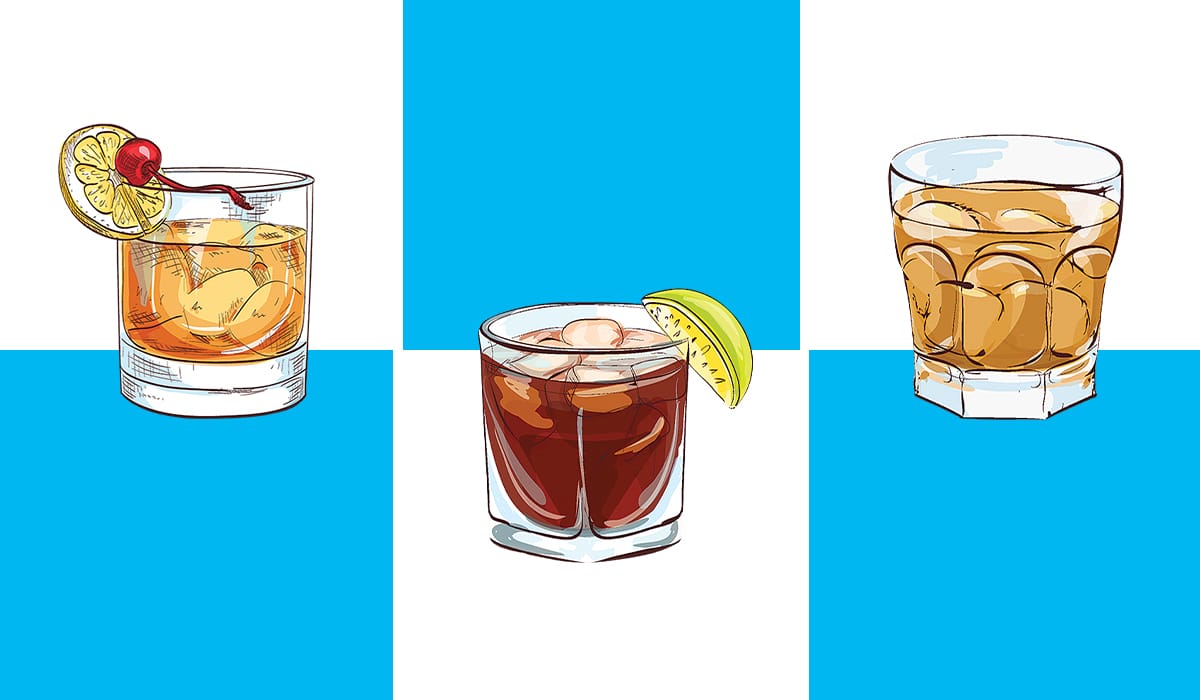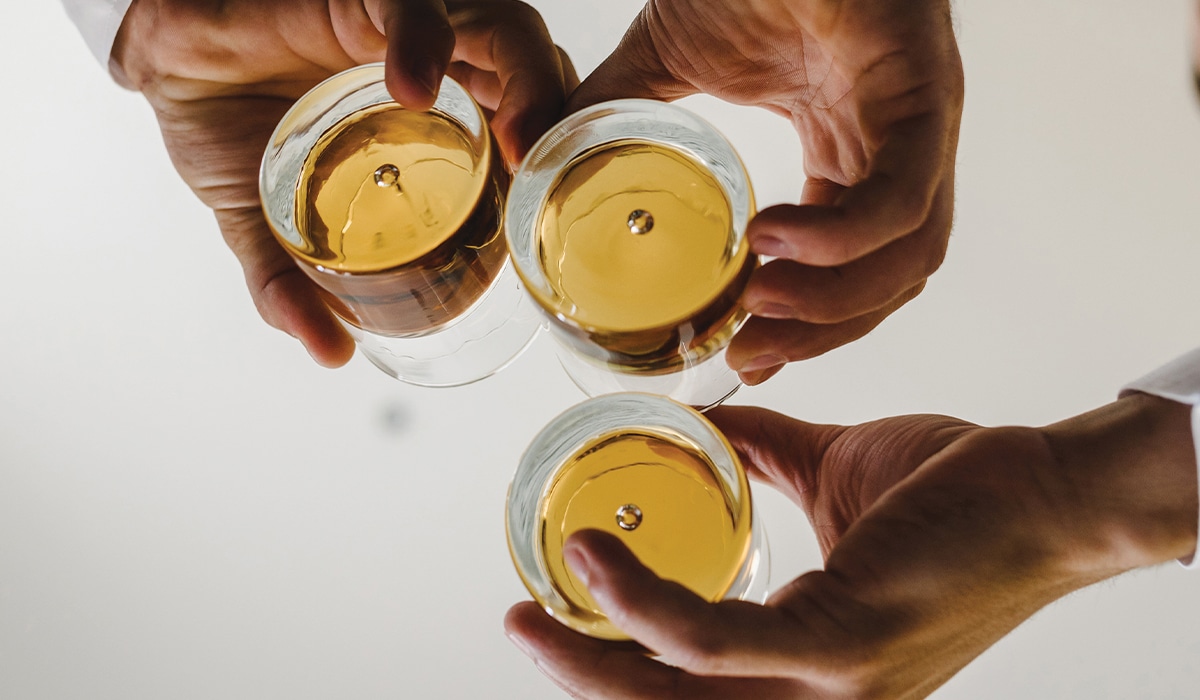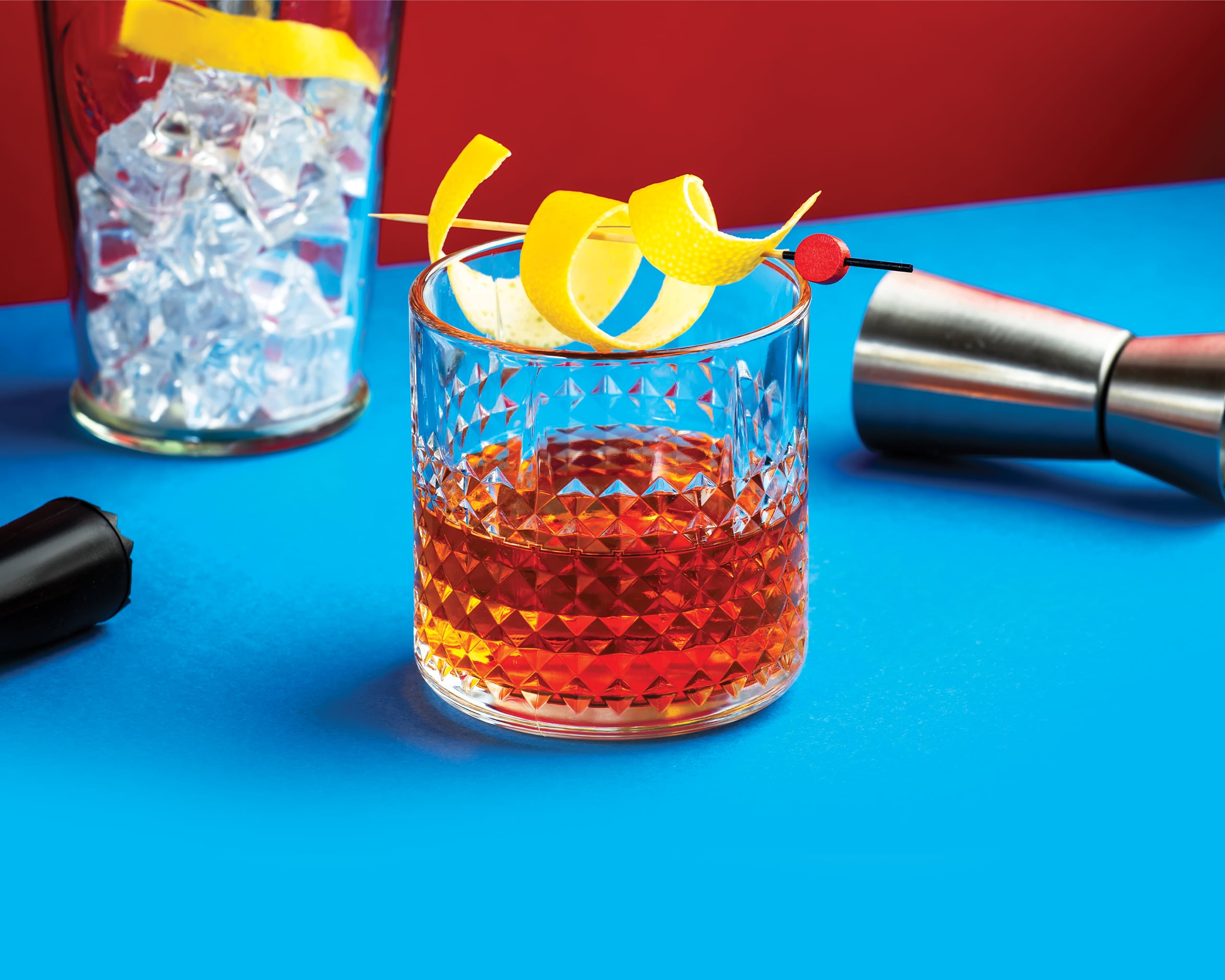Move over gin, there’s a new tipple in town… We take a deer dive into the story of rum and explore cool ways to enjoy it.
The origins of rum started way before it was even called by that name. It was first known as “wine sugar” in the 1300s. It may have been in its rudimentary stage but, basically, it was most likely the origin of rum. The first recorded rum came about in the West Indies around 1650, and these were known as “rumbullions” (or “kill-devils”).
The name ‘rum’ was used as the regular name in 1667. Since it was the height of the slave trade in the Caribbean, the production of rum formed part of this dark side of history. Slaves were traded to the West Indies for molasses, and the molasses was made into rum. Then it was traded for more slaves.
Rum grew in popularity with more varieties becoming available. The types are split into two groups, white and dark rum. The difference? Well, that lies in how it’s made and the flavour variations. All rum generally starts with the same process of distillation of sugarcane (either molasses or the juice, the latter known as ‘rhum agricole’).
The white or light version covers a large spectrum of rums with light flavours, lower alcohol content and a tendency to mix well with other flavours. It also has a shorter ageing time in the barrels.
Dark rum, as the name suggests, is a richer, often stronger drink and is aged for quite some time. In general, dark rum is higher in alcohol content (more potent), and often sweeter than its lighter cousin. While gin has had its fun in the sun for quite a few years now, according to the Master of Malt trends report, rum accounted for 11.3% in sales of the total spirits category in the first half of 2022.
These numbers also showed that there’s a preference for artisanal and premium rums, and rum-based cocktails. Even more so, after the pandemic, consumers are drinking less but opting for quality over quantity. To fully appreciate the complexity and nuances of different types of rum, it is important to know how to taste them.
Experts recommend that you first smell the rum before tasting it, to perceive the aromas and flavours that emerge. Rum tasting can be a real art, and it’s important to take the time to savour each sip.
DID YOU KNOW?
- The antiseptic properties of rum are effective for cleansing wounds and preventing the growth of bacteria. Also, pain can be eased by applying it topically (or, for that matter, when it is consumed).
- Despite its Caribbean associations, the biggest producer of rum today is in the Philippines.
- Rum was mixed with beer by sailors in the British Navy to make “grog”, while pirates called it “bumbo”.
SIP IT REAL GOOD… THE MANY WAYS TO ENJOY RUM
How to make tasty and simple cocktails with rum
Cocktail hour
Rum is quite versatile and can be mixed up in myriad cocktails. Not a fan? Then start by using it in cocktails that usually feature other spirits. Swap whiskey for a dark or spiced rum in a Manhattan or classic Old Fashioned. The dark rum will add spice and flavour, just like whiskey. White rum is perfect to swap for vodka in a Mule. Then balance these styles with highly flavoured juices or cordials.

Make a mixer
You don’t need more than one mixer to make a rum cocktail. Just like the classic G&T, rum and cola are age-old friends. You can use white, spiced or dark rum with cola – try them all to find your favourite. Another classic way to enjoy rum is with lime and sugar. Combine the three ingredients, shake it up and enjoy.

On the rocks we go
Nope, it’s not just for whiskey… A good dark or aged rum can be enjoyed neat, on the rocks or with a splash of water. These rums have loads of flavour and sometimes you just want to savour what they offer and nothing more.
Words by Melissa Ndlovu
Photography: Galloigetty Images







